When it comes to managing waste generated by semi-trailers, understanding the right procedures is crucial for efficiency as well as environmental stewardship. In this comprehensive guide, we delve into the nuances of dumping trailer waste, elucidating various methods, best practices, and operational considerations that ensure a smooth process. Whether you’re new to semi-trailer operations or a seasoned veteran, this resource serves as an indispensable reference point.
Types of Trailers and Their Waste
Utilizing the appropriate method to dump trailer waste significantly depends on the type of trailer involved. We will briefly overview various trailer types:
| Trailer Type | Common Uses | Waste Type |
|---|---|---|
| Dump Trailers | Construction, landscaping | Soil, debris, construction waste |
| Cargo Trailers | Freight transportation | Pallet wraps, packaging material |
| Livestock Trailers | Transporting animals | Organic waste |
| Tank Trailers | Liquid transport (e.g., fuel) | Hazardous liquid waste |
Understanding the waste category informs the selection of disposal sites and methods, which we will examine in greater detail.
Understanding Waste Dumping Regulations

Local Laws and Compliance
Compliance with local regulations is paramount. Each region may have different laws governing waste disposal, which might affect landfill selection, permissible waste types, and required permits. Before attempting to dump any waste, check local zoning laws, environmental regulations, and waste management statutes.
- Solid Waste Management: Familiarize yourself with what constitutes normal waste vs. hazardous waste in your area.
- Permits: Certain waste management companies or disposal sites may require permits. Always assess the need before transporting waste.
Environmental Considerations
Beyond compliance, consider the ecological footprint of waste disposal. Opting for responsible waste management practices contributes to sustainability. Aim to reduce, reuse, and recycle when possible.
Steps for Dumping Trailer Waste
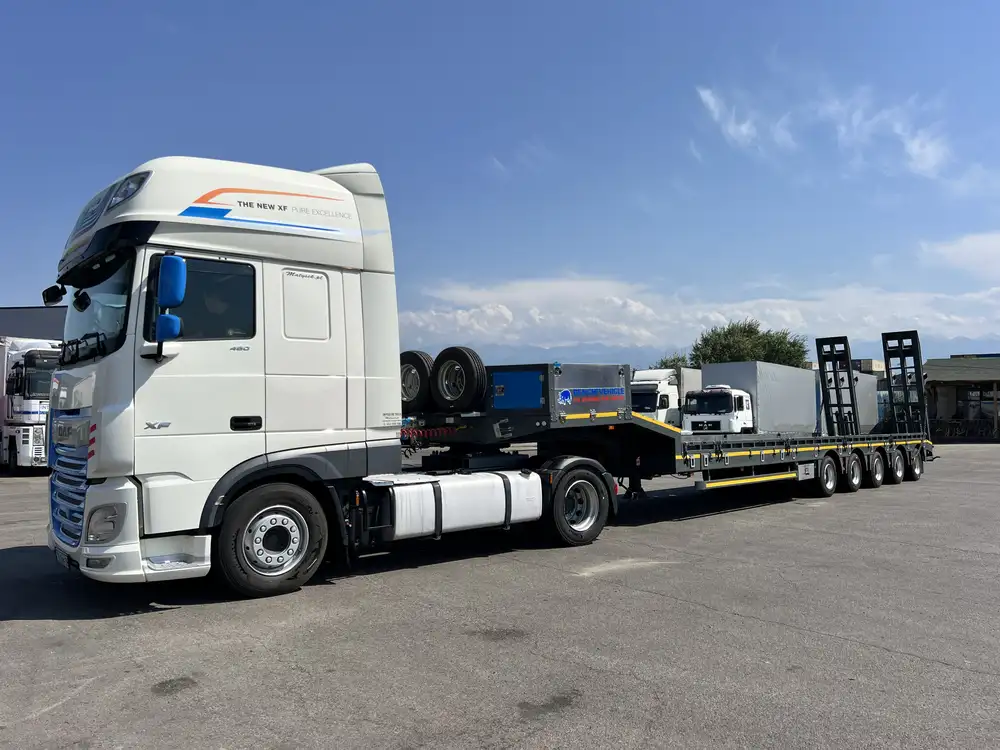
1. Prepare Your Trailer
Inspection and Maintenance
Before hauling waste to a disposal site, ensure your trailer is in good working condition. Inspect for:
- Structural damage: Ensure floors, sides, and doors are intact and functional.
- Hitches: Check that your hitch is securely connected to your towing vehicle.
- Braking systems: Functional brakes are critical for safety.
Loading the Waste
- Safely Load: Fill the trailer evenly to avoid shifting during travel. Do not overload, as it could exceed weight limits and lead to fines.
- Secure Loose Items: Make sure junk or debris is secured to prevent spillage during transit.
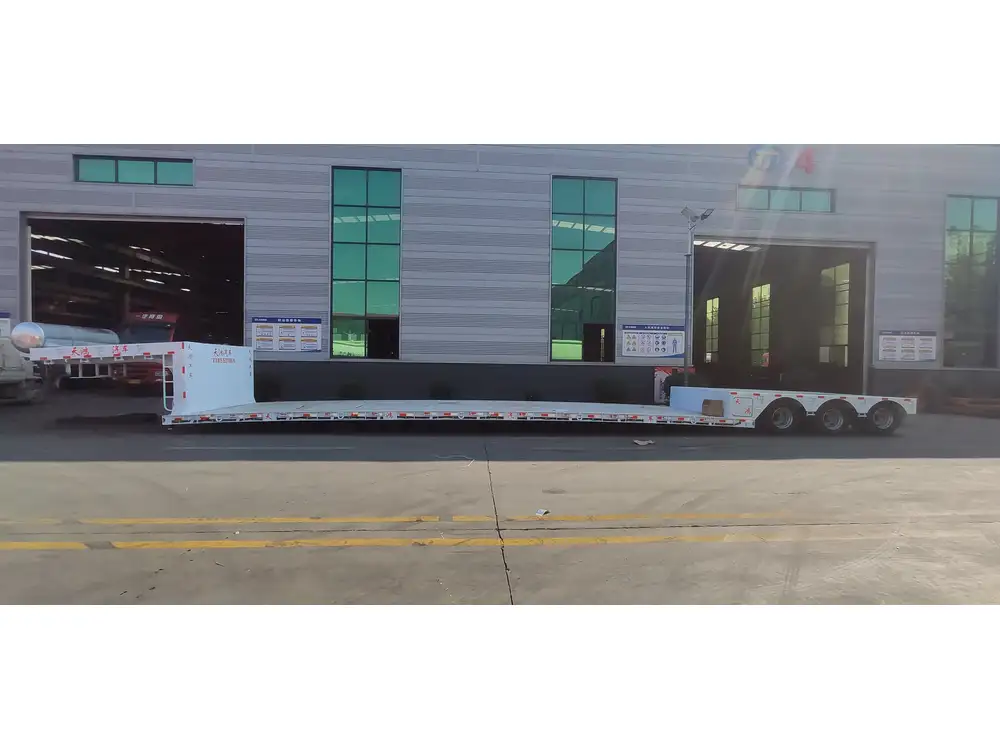
2. Identify the Right Dumping Site
Choosing a Waste Facility
Identifying an appropriate disposal site is crucial. Options include:
- Landfills: General waste facilities designed to handle a large variety of waste types.
- Transfer Stations: Intermediate sites where waste is consolidated before being transported to a landfill.
- Recycling Centers: Ideal for non-traditional materials like metals, plastics, or wood.
- Composting Facilities: Appropriate for organic waste sourced from livestock trailers.
| Disposal Type | Best for | Pros | Cons |
|---|---|---|---|
| Landfills | General waste | Wide acceptance of waste types | Has environmental impact |
| Recycling Centers | Non-traditional materials | Promotes sustainability | Limited material types |
| Composting Facilities | Organic waste | Excellent for the environment | Requires separation before disposal |
3. Transport the Waste

Safe Driving Practices
While on your way to the disposal site, keep the following in mind:
- Drive at a safe speed: Higher speeds can cause instability, especially with a full load.
- Avoid sudden maneuvers: This can shift the weight unpredictably.
- Always signal lane changes and turns: Ensuring other drivers are aware of your movement is key to safety.
4. Dumping the Waste
Arrival at the Site
Upon arrival, follow these protocols:
- Check in: Some disposal sites require documentation, such as a waste manifest.
- Follow site-specific protocols: Each facility may have distinct dumping procedures, including where to dump and how to interact with site personnel.

Disposing of Waste
- Dumping Process: Gradually release the load, ensuring it falls uniformly.
- Clean-Up: After dumping, inspect your trailer for any spills or residue. Clean the trailer as necessary.
Special Considerations for Hazardous Waste
Identifying Hazardous Waste
Certain types of waste, including chemicals or materials containing heavy metals, fall under hazardous waste management. It’s critical to identify, store, and dispose of them properly.
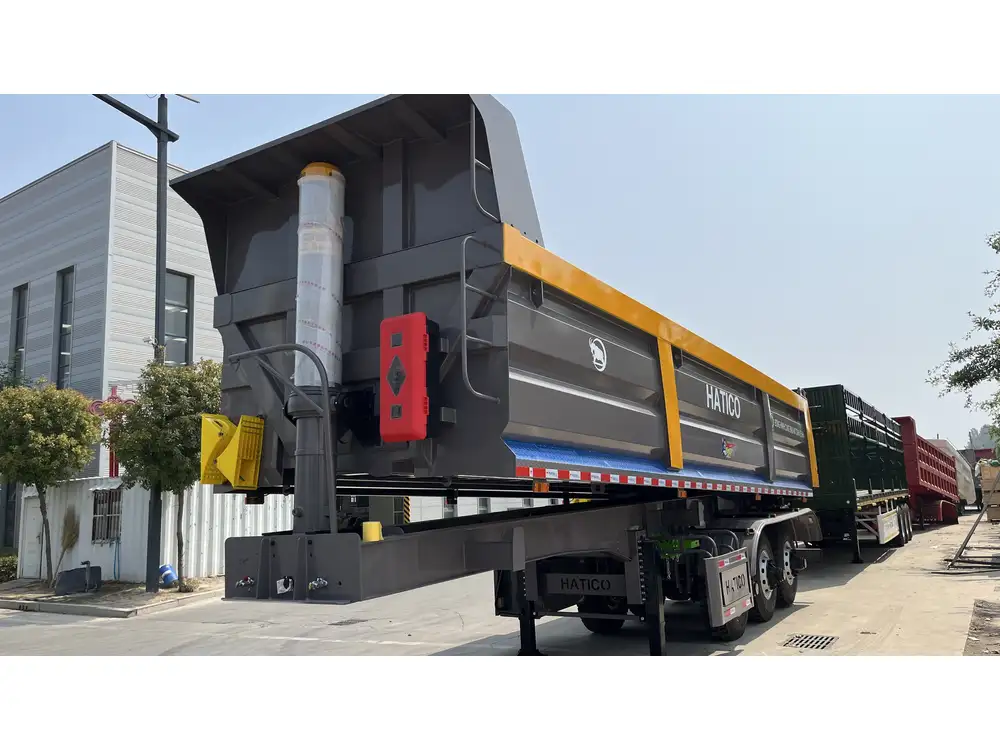
Regulations and Procedures
- Labeling Hazardous Materials: Always (and accurately) label hazardous waste to protect handlers and the environment.
- Transporting Hazardous Waste: Use designated vehicles and follow regulations governing hazardous material handling.
Where to Dispose
- Authorized Facilities: Use local hazardous-waste disposal facilities that meet regulations.
- Special Collection Events: Some regions offer special events for hazardous waste drop-off.
Frequently Asked Questions
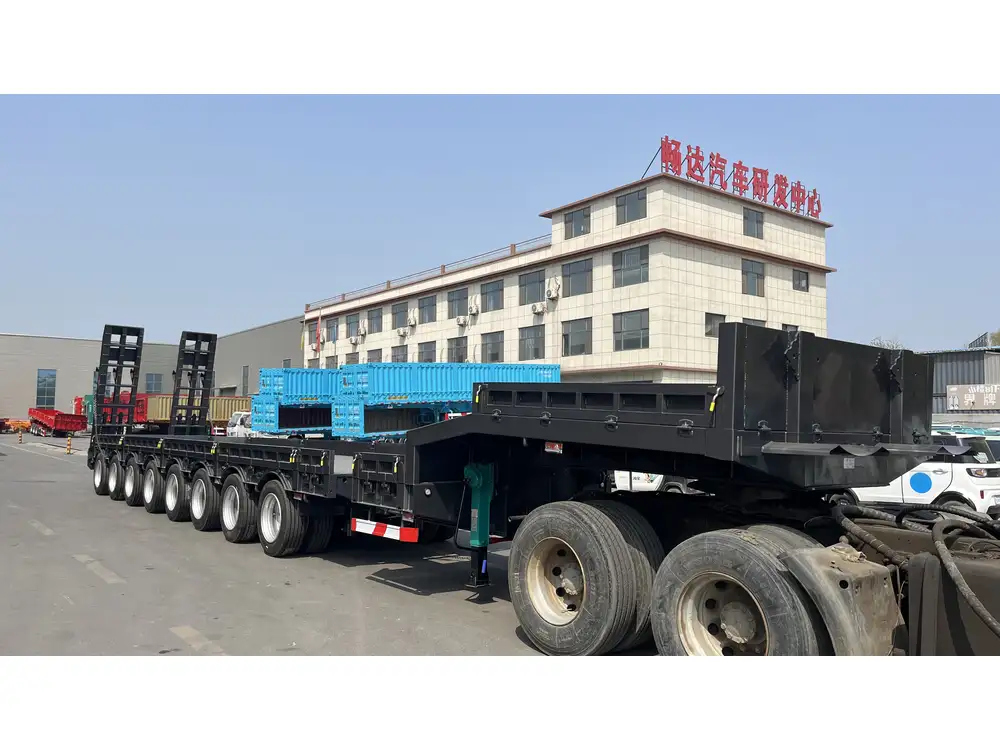
What Happens If I Dump Waste Illegally?
Illegal dumping carries hefty fines and possible incarceration, along with harm to the environment. Consequences can also extend to your business’s reputation.
Can I Dump Waste Anywhere?
No. Waste must be dumped at authorized disposal sites approved by local authorities. Always check regulations affecting your area.
What Should I Do with Unwanted Equipment?
For equipment that is no longer functional, seek out businesses that specialize in waste reuse and recycling. Donations to non-profit organizations are another viable option.
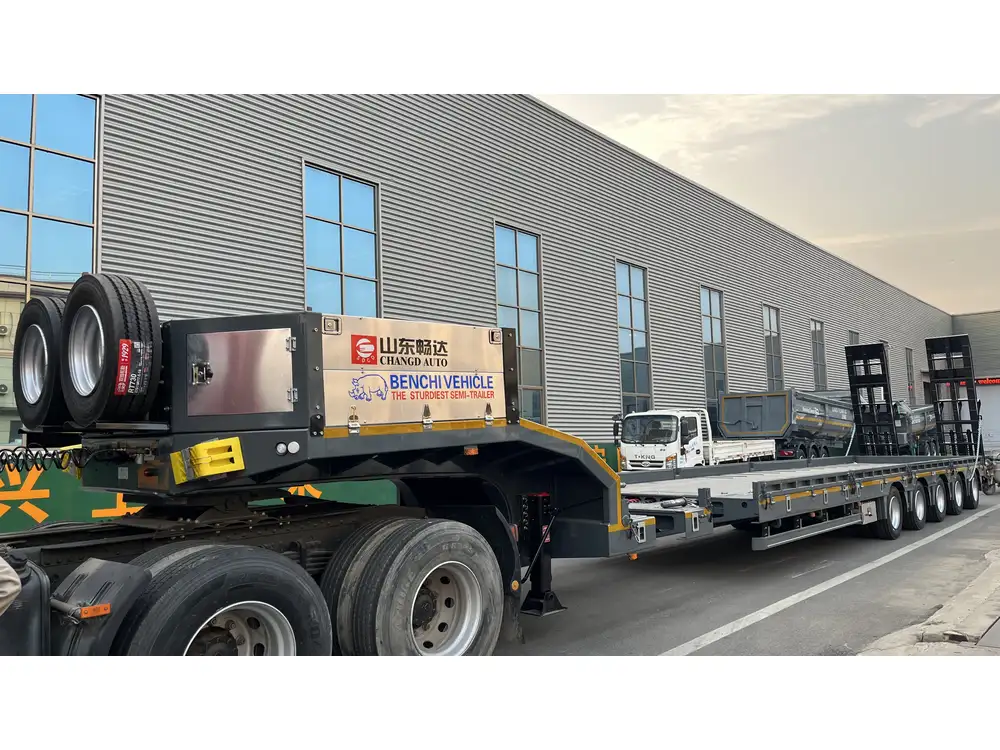
How Can I Reduce Waste Generated by My Trailer?
To minimize waste generation:
- Assess training for proper loading and unloading to reduce losses.
- Consider employing waste separation practices during loading operations.
- Engage with suppliers who recycle packaging materials.
Conclusion
Successfully managing how to dump trailer waste is more than a routine task; it encompasses a commitment to safety, regulatory compliance, and environmental responsibility. By following the guidelines outlined in this comprehensive guide, we can ensure that waste management processes are efficient, legal, and sustainable. Always remain cautious about local laws, and when in doubt, consult with waste management professionals who can provide guidance tailored to your specific needs.
Incorporating these practices not only streamlines your operational workflow but also enhances your standing within your community as a responsible waste generator. Adopting these methods paves the way for a cleaner, greener future—one load at a time.



